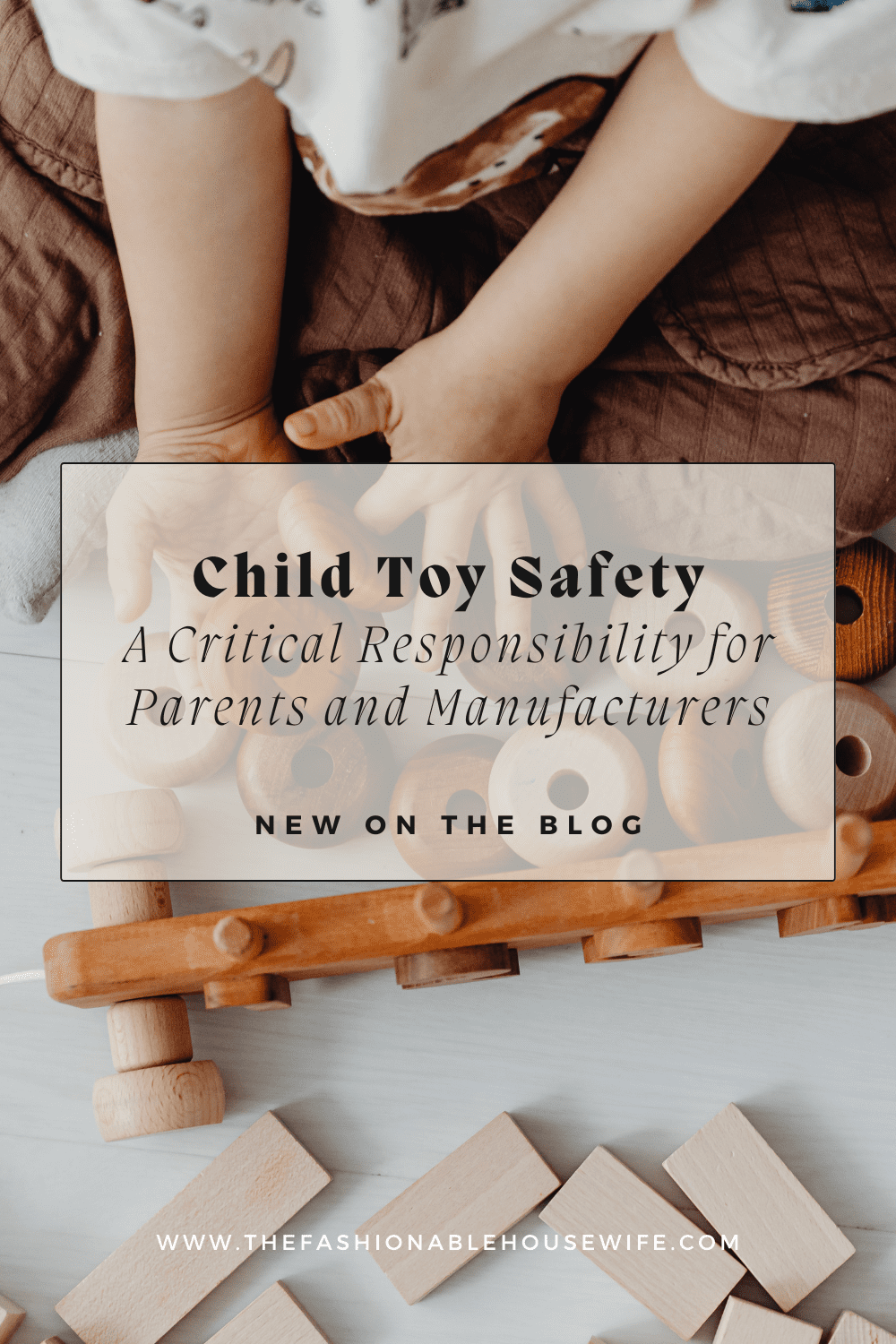Child Toy Safety: A Critical Responsibility for Parents and Manufacturers

Toys are a fundamental part of childhood, playing a crucial role in development by stimulating imagination, enhancing motor skills, and providing entertainment. However, while toys are designed for fun and learning, they can also pose serious hazards if safety is overlooked. From choking hazards to toxic materials, the risks associated with poorly designed or inappropriate toys are real and potentially life-threatening. Ensuring child toy safety is not just the responsibility of toy manufacturers, but also of parents, guardians, and regulatory authorities.
Understanding the Risks
The most common toy-related injuries in children include choking, suffocation, cuts, bruises, eye injuries, and even poisoning. Choking is particularly prevalent among infants and toddlers, who tend to explore objects by putting them in their mouths. Small parts, detachable components, or toys not appropriate for a child’s age group can easily become choking hazards. According to the U.S. Consumer Product Safety Commission (CPSC), hundreds of thousands of toy-related injuries are reported annually, many of which are preventable.
Beyond choking, toys can also pose chemical risks. In some cases, especially with cheaply made imports, toys may contain harmful substances like lead, phthalates, or BPA. These toxic chemicals can lead to long-term health problems, including developmental delays and hormonal imbalances. It is essential for parents to be aware of what materials are used in the toys they purchase and to look for certifications indicating chemical safety compliance.
Role of Manufacturers and Regulations
Toy manufacturers bear a significant share of the responsibility for ensuring their products are safe for children. In many countries, including the United States and those in the European Union, strict standards are in place to regulate toy safety. These include guidelines for labeling, materials, durability, and construction. For instance, ASTM F963 is the standard that governs toy safety in the U.S., and compliance is mandatory for toys sold domestically.
Manufacturers must rigorously test their products for durability, sharp edges, small parts, and flammability. They are also required to conduct chemical testing to ensure that toys are free from harmful substances. Labels must clearly indicate the appropriate age group, usage instructions, and warnings. Despite these regulations, recalls still occur when unsafe toys make it to market, highlighting the importance of vigilant oversight and consumer awareness.
What Parents Can Do
While regulations and manufacturer compliance are important, parents and caregivers are the final gatekeepers when it comes to child toy safety. The first step is choosing age-appropriate toys. Labels indicating recommended age ranges are based on both developmental milestones and safety considerations. Ignoring these guidelines can expose children to unnecessary risk.
Inspect toys regularly for wear and tear. A toy that was safe when new may become dangerous if it breaks or deteriorates. Batteries, magnets, and detachable parts can become hazards if they come loose. Parents should also monitor how children use their toys. Even the safest toy can be dangerous if misused.
Buying from reputable brands and retailers is another critical safeguard. Counterfeit or unbranded toys often bypass regulatory scrutiny and may contain inferior or unsafe materials. Look for safety certifications like the CE mark in Europe or the “ASTM” label in the U.S. These marks signify that a toy has passed rigorous safety tests.
The Importance of Child Toy Safety
Child toy safety is a shared responsibility that demands attention from all sides — manufacturers, regulators, and families. While toys are essential tools for learning and development, they must be chosen and maintained with care. Parents should remain informed, proactive, and vigilant in ensuring that playtime remains not only fun but also safe. With proper oversight and awareness, the joy of toys can be experienced without putting children at risk.

